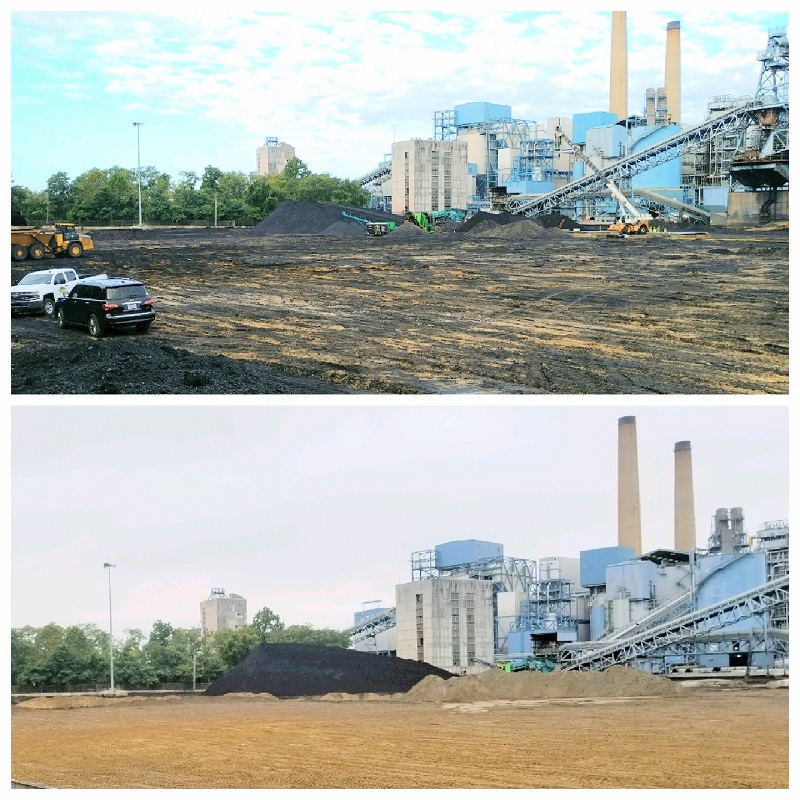When it comes to coal preparation, our operators at RPM Solutions bring a deep wealth of mining and machining experience to every project. We differentiate ourselves through our advanced skills and preparation. RPM Solutions’ commitment to detail is the most important component of our success.
Coal preparation is the removal of undesirable material from the run-of-mine (ROM) coal by employing separation processes which are able to differentiate between the physical and surface properties of coal and the impurities. Through proper coal preparation, a uniform product is achieved.
Typical steps in coal preparation include:
With coal preparation, raw coal is cleaned using different physical processes, with or without any chemical reagents, to get a product which can be sold in the market. Coal preparation process starts with crushing and screening of freshly mined coal, which removes some of the non-coal material. Washing is actually the process of separation of non-coal materials. Washing or cleaning of coal represents the most important step of coal preparation. Coal is washed in order to decrease the ash content and thus producing three different streams of products: clean coal, middlings and rejects. The raw run-of-mine (ROM) coal requires some selective qualitative and quantitative analysis to determine the most suitable operating condition for cleaning of coal to obtain the desired quality.

Reasons for cleaning coal are to:
There are four basic types of operations used when cleaning the coal:
Why coal preparation is so important:
The efficiency of a coal preparation plant has a major impact on the profitability of a mining operation. RPM Solutions provides a range of technical services to help you optimize efficiency and improve your bottom line performance. For more information about putting the services of RPM Solutions to work regarding effective coal preparation, contact us at www.RPMSolve.com